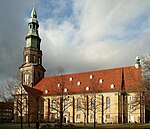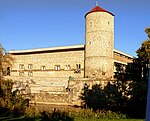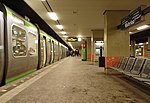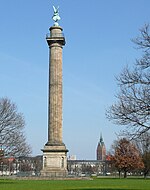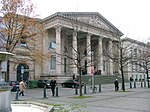Landeskirchenamt Hannover
1924 establishments in GermanyChristianity in Lower SaxonyLutheranism in Germany

The Hanover Regional Church Office (LKA) serves as the supreme administrative authority for the administration of the Evangelical Lutheran Church of Hanover and was formed from the Consistory of this regional church. The Regional Church Office is one of the five Church Governing Constitutional Organs of the Regional Church of Hanover. The ecclesiastical authority is headquartered at Rote Reihe 6 street in the Calenberger Neustadt district in Hanover, in Germany's state of Lower Saxony.
Excerpt from the Wikipedia article Landeskirchenamt Hannover (License: CC BY-SA 3.0, Authors, Images).Landeskirchenamt Hannover
Rote Reihe, Hanover Calenberger Neustadt (Centre)
Geographical coordinates (GPS) Address External links Nearby Places Show on map
Geographical coordinates (GPS)
| Latitude | Longitude |
|---|---|
| N 52.371617 ° | E 9.728072 ° |
Address
Landeskirchenamt
Rote Reihe 6
30169 Hanover, Calenberger Neustadt (Centre)
Lower Saxony, Germany
Open on Google Maps
